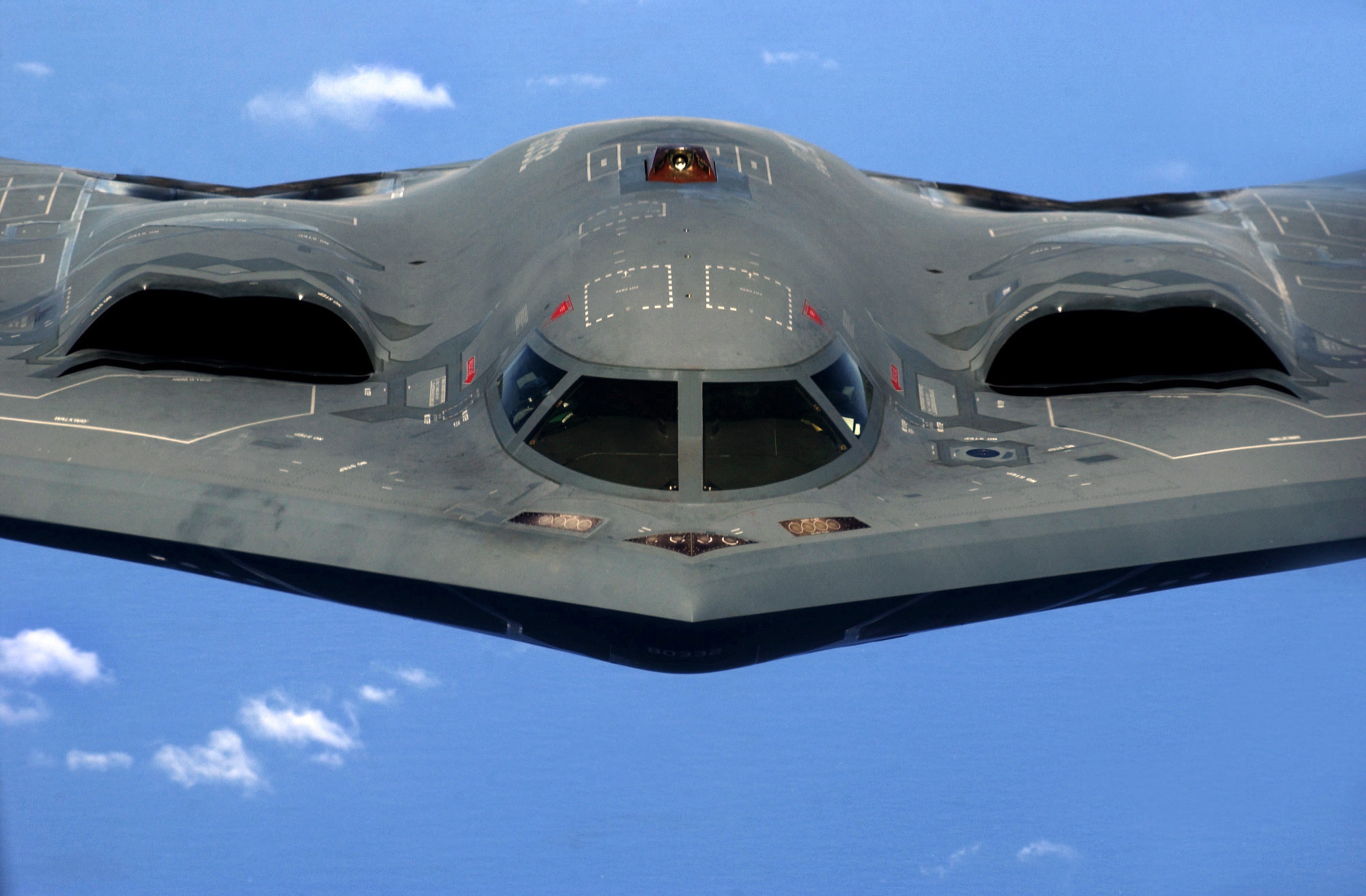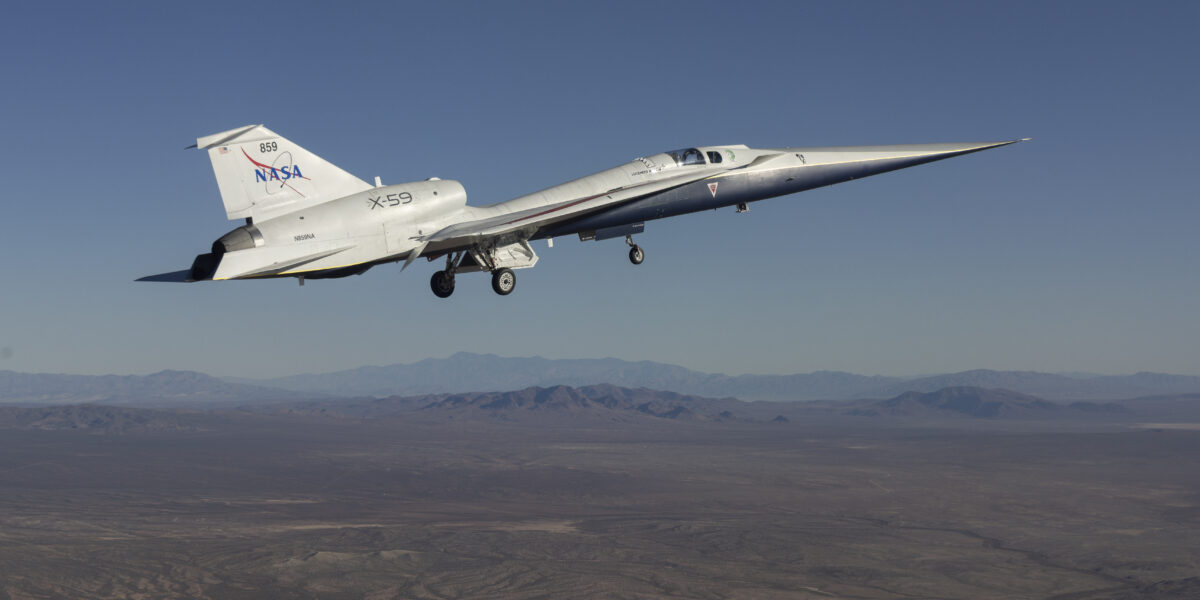Understanding Airline Revenue Management Software
Airline revenue management software helps airlines optimize their pricing strategies, routes, and seat inventory. This sophisticated technology supports airline companies in maximizing their profitability while enhancing passenger satisfaction. Let’s delve into the various components and functionalities of this essential software.

Key Functions of Revenue Management Software
The software collects and analyzes vast amounts of data from various sources. It leverages statistical and mathematical models to forecast demand. By examining past booking data, seasonality, and market trends, the software provides accurate predictions.
Dynamic pricing involves adjusting ticket prices in real time based on demand and other factors. Revenue management software helps determine the optimal price point. This ensures the right balance between load factor and revenue per seat.
Seat inventory optimization is a crucial feature. The software allocates seats to different fare classes. By continuously monitoring booking patterns, it adjusts the seat availability to maximize revenue.
Benefits for Airlines
Implementing airline revenue management software can lead to substantial financial benefits. Optimized ticket pricing strategies help airlines increase their revenue. Even small percentage improvements in load factors result in significant financial gains.
This software also provides valuable insights into customer behavior. By understanding booking patterns and preferences, airlines can tailor their services. Enhanced passenger experience often translates to increased loyalty and repeat business.
The software helps airlines respond swiftly to market changes. Sudden shifts in demand, competitor pricing strategies, and changing economic conditions can be managed effectively. This agility is critical in the highly competitive airline industry.
Types of Data Utilized
Revenue management software relies on diverse data sources. Historical booking data form the foundation of demand forecasting models. Analyzing trends from past seasons helps predict future demand accurately.
External market data, including competitor pricing and market conditions, are integrated. This provides a holistic view of the competitive landscape. It assists in making informed pricing decisions.
Customer data such as demographics, booking patterns, and preferences are crucial. Personalized offers and promotions can be crafted based on this information. It enhances the overall customer experience.
Advanced Features and Technologies
Modern airline revenue management software incorporates sophisticated algorithms. Machine learning and artificial intelligence play significant roles. These technologies continuously refine and improve the models based on new data.
Real-time data processing capabilities are essential. The software quickly assimilates new information and adjusts strategies dynamically. This ensures that airlines can respond promptly to any changes in the market.
User-friendly dashboards and analytics tools are integral components. They provide revenue management teams with actionable insights. Decision-making becomes more straightforward and data-driven.
Challenges and Considerations
Implementing revenue management software requires significant investment. Not just in terms of money but also time and resources. Airlines need to ensure they have the infrastructure to support these systems.
Data quality and integrity are paramount. Inaccurate or incomplete data can lead to flawed predictions. Regular audits and checks are necessary to maintain data reliability.
Staff training and development are crucial. The effectiveness of the software depends on the proficiency of the users. Ongoing training helps teams leverage the software’s full potential.
Market Leaders and Solutions
Several companies specialize in airline revenue management software. Sabre, Amadeus, and PROS are some of the leading providers. Each offers unique features and functionalities tailored to different airline needs.
Sabre’s Revenue Optimizer uses advanced analytics to drive pricing and inventory decisions. It integrates seamlessly with other Sabre systems, providing a comprehensive solution for airlines.
Amadeus offers a suite of revenue management tools designed to enhance profitability. Its software focuses on maximizing revenue across all channels and touchpoints.
PROS leverages artificial intelligence to optimize pricing strategies. It provides real-time data analysis and dynamic pricing recommendations, ensuring airlines remain competitive.
Future Trends in Airline Revenue Management
As technology continues to evolve, so do the capabilities of revenue management software. Integration with blockchain technology could enhance transparency and security in transactions. This might streamline and simplify revenue management processes.
Incorporating more granular data sources, such as social media trends, can refine demand forecasting. Real-time sentiment analysis could offer new insights into customer preferences and behavior.
Cloud-based solutions are becoming more prevalent. They offer scalability, flexibility, and cost advantages. Airlines can easily upgrade and customize their revenue management systems to meet changing needs.
Conclusion
Airline revenue management software is an indispensable tool for modern airlines. By leveraging advanced data analytics and dynamic pricing models, it helps maximize profitability and improve passenger satisfaction. The continued evolution of these systems will play a crucial role in the future of the airline industry.




Subscribe for Updates
Get the latest articles delivered to your inbox.
We respect your privacy. Unsubscribe anytime.